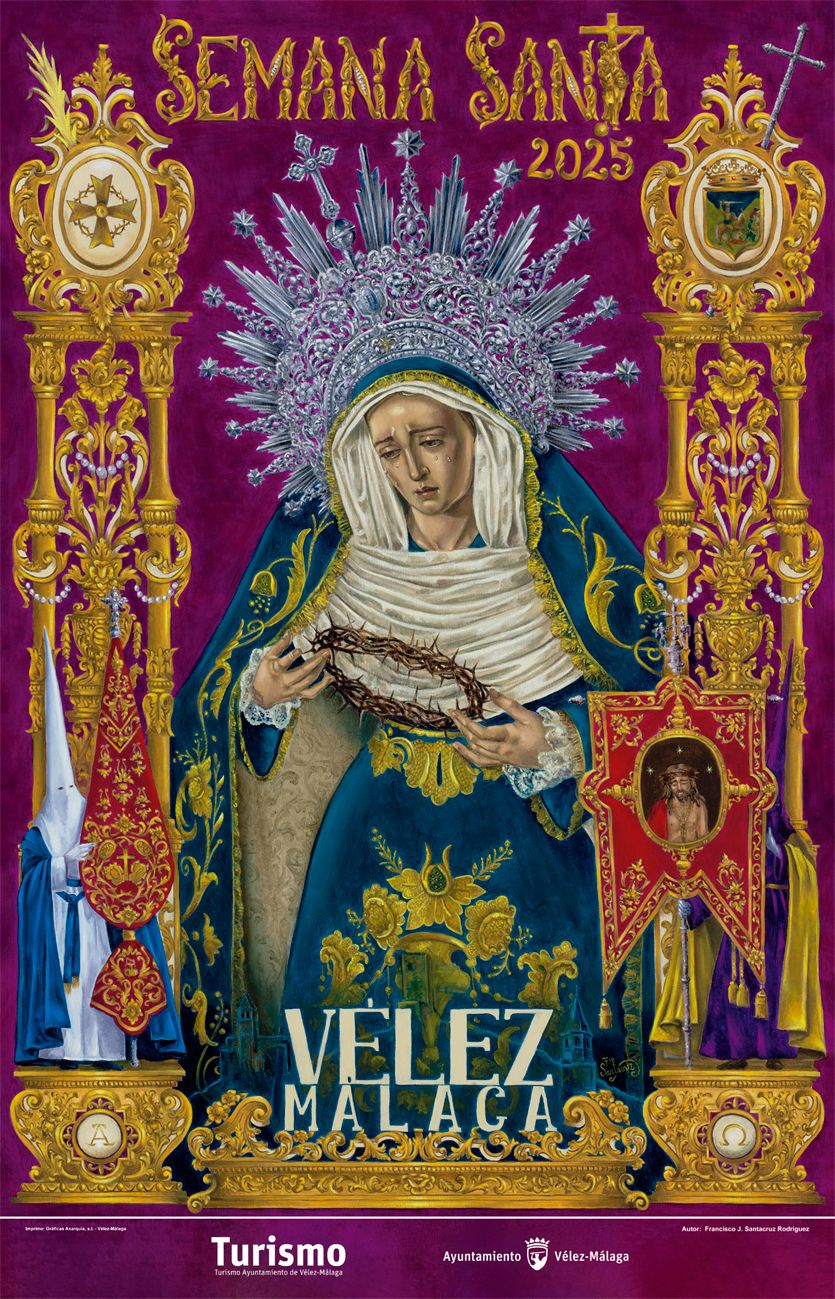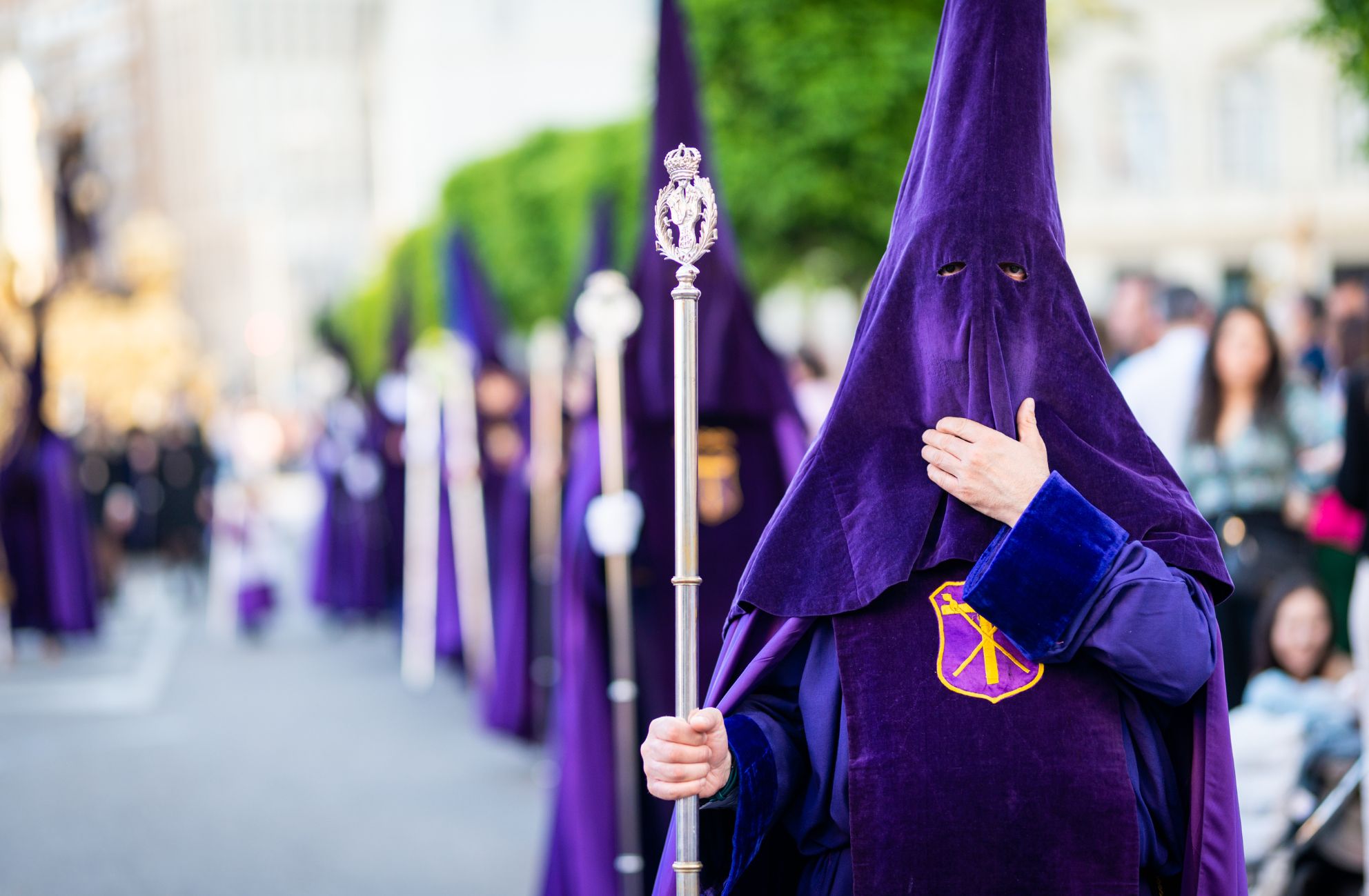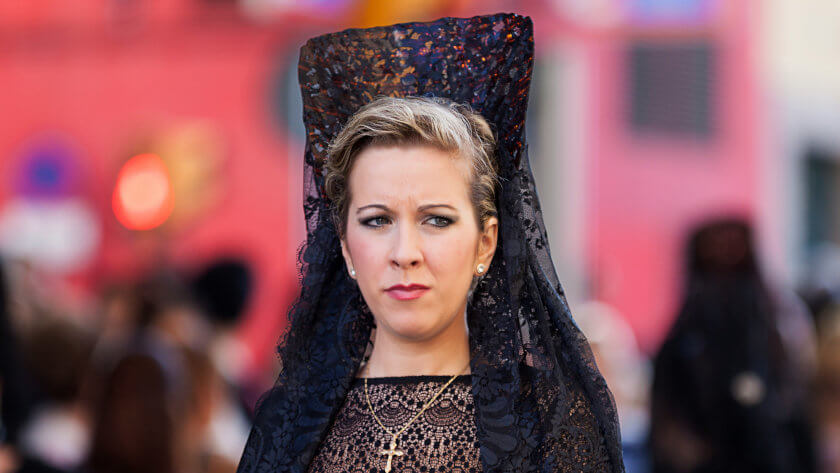News
Like everywhere also in Andalusia all kinds of interesting things happen every day, such as fiestas and festivals, culinary gatherings, processions, special exhibitions, but there's also news on the housing market or changed regulations. To make it easy for you, we bundle some interesting articles in this section so that you have everything at a glance.
-
25
Mar 2025
Semana Santa 2025
Holy Week is one of the most beautiful in Andalusia, with a passion that is infectious for both visitors and members of the brotherhoods, through the music that touches us and the smell of incense and orange blossom in the streets. The processions and fervor of these celebrations in Vélez-Málaga, where we go every year, are almost impossible to explain in words and you really have to experience them in person at least once. This small capital of the Axarquía has a rich historical and cultural heritage in this area, more than 3,000 years of history which comes into its own in this year's 'Holy Week', which takes place from 13 to 20 of April.

No fewer than 19 brotherhoods (cofradías or hermandades) are active in Vélez-Málaga, all holding at least one procession. A total of 27 thrones (pasos or tronos) can be seen in procession throughout Semana Santa, culminating on Easter Sunday morning, when the resurrected Jesus is celebrated, and all the brotherhoods march through the city! In addition, Maundy Thursday and Good Friday are the most important days in terms of the number of brotherhoods, the size of the thrones, the visitors, but equally impressive are the other processions, usually starting around 8 o'clock in the evening and ending again in the middle of the night. The image on the thrones of Christ contains little decoration, in contrast, the statues of Mary are heavily decorated with, for example, flowers, candles and lots of gold and silver.
What stands out during the processions, besides all those amazing thrones, statues and decorations, are the people who walk in them; dressed in pointed hats, women in black and a mantilla (high black veil) sometimes walking with candles and crosses or even barefoot. They are called the penitents (penitentes) some with a conical hat (el capirote or el cucurucho) and the Nazarenes (nazarenos) who parade behind the throne but do not have these pointed hats. The tall pointed hats, by the way, date back to the time of the Spanish Inquisition when, in order to atone, convicts were required to wear a pointed hat that covered face, back and chest. Wearing this hat meant they were closer to heaven, this is what they thought at the time.
 Semana Santa begins this year on Sunday 13. April with Domingo de Ramos (the day Jesus walked into Jerusalem) followed by Lunes Santo on Monday the 14th, Martes Santo Tuesday 15th, Miércoles Santo 16th, Jueves Santo 17th, Viernes Santo (Good Friday) on 18 and Sábado Santo on 19 of April. The week concludes April 20 on Domingo de Resurrección (program Semana Santa 2025).
Semana Santa begins this year on Sunday 13. April with Domingo de Ramos (the day Jesus walked into Jerusalem) followed by Lunes Santo on Monday the 14th, Martes Santo Tuesday 15th, Miércoles Santo 16th, Jueves Santo 17th, Viernes Santo (Good Friday) on 18 and Sábado Santo on 19 of April. The week concludes April 20 on Domingo de Resurrección (program Semana Santa 2025).
Please note that in the different villages and towns, many shops, banks and government institutions have different opening hours.


